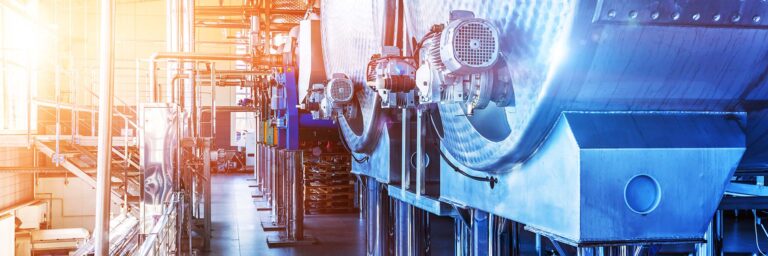pH & ORP Electrodes
Overcoming pH Measurement Failures in Biotech Fermentation and Cell Culture
pH control directly impacts cell growth, metabolic activity, and product yield across biopharmaceutical production, industrial enzyme manufacturing, and research applications. While pH has long been a fundamental parameter in fermentation and cell culture, the measurement […]
Read MorePolymeric pH Probes for Vacuum Service: A Complete Guide
pH measurement is a critical process in various industries, from pharmaceuticals and food production to chemical manufacturing and wastewater treatment. Traditional pH probes function effectively under normal atmospheric conditions, but in specialized environments like partial […]
Read MoreThe Impact of Precise pH Monitoring on Water Treatment Efficiency
Water treatment processes are fundamental to ensuring safe, clean water for a variety of uses, from industrial applications to direct human consumption. The efficiency of these processes depends largely on one critical factor: the management […]
Read MorepH Sensors in Aggressive Chemical Applications: Unlocking Better Performance and Longevity
Aggressive and toxic chemicals pose significant challenges to measurement instruments in chemical processes. pH and ORP sensors with porous or open reference junctions often fail prematurely due to reference electrode poisoning. Applications containing chemicals such […]
Read MoreDelignification, Bleaching, and Pulp Stock Preparation: An Overview for Paper Manufacturers
Delignification and subsequent bleaching of the wood pulp are integral steps in paper manufacturing. Given its brown color, the lignin must be removed, or it will affect the quality of the final paper product. Although […]
Read MoreBalancing pH Levels In Industrial Wastewater Treatment: A Comprehensive Guide
Adhering to Wastewater Regulations is Crucial for Environmental Protection and Upholding Industry Standards Meeting state and federal regulations for industrial wastewater discharge is essential for manufacturing facilities to avoid financial penalties and potential remediation costs. […]
Read MoreSOUTH FORK INSTRUMENTS
3845 Buffalo Road
Auburn, CA 95602
Tel: (+1) 925-461-5059







